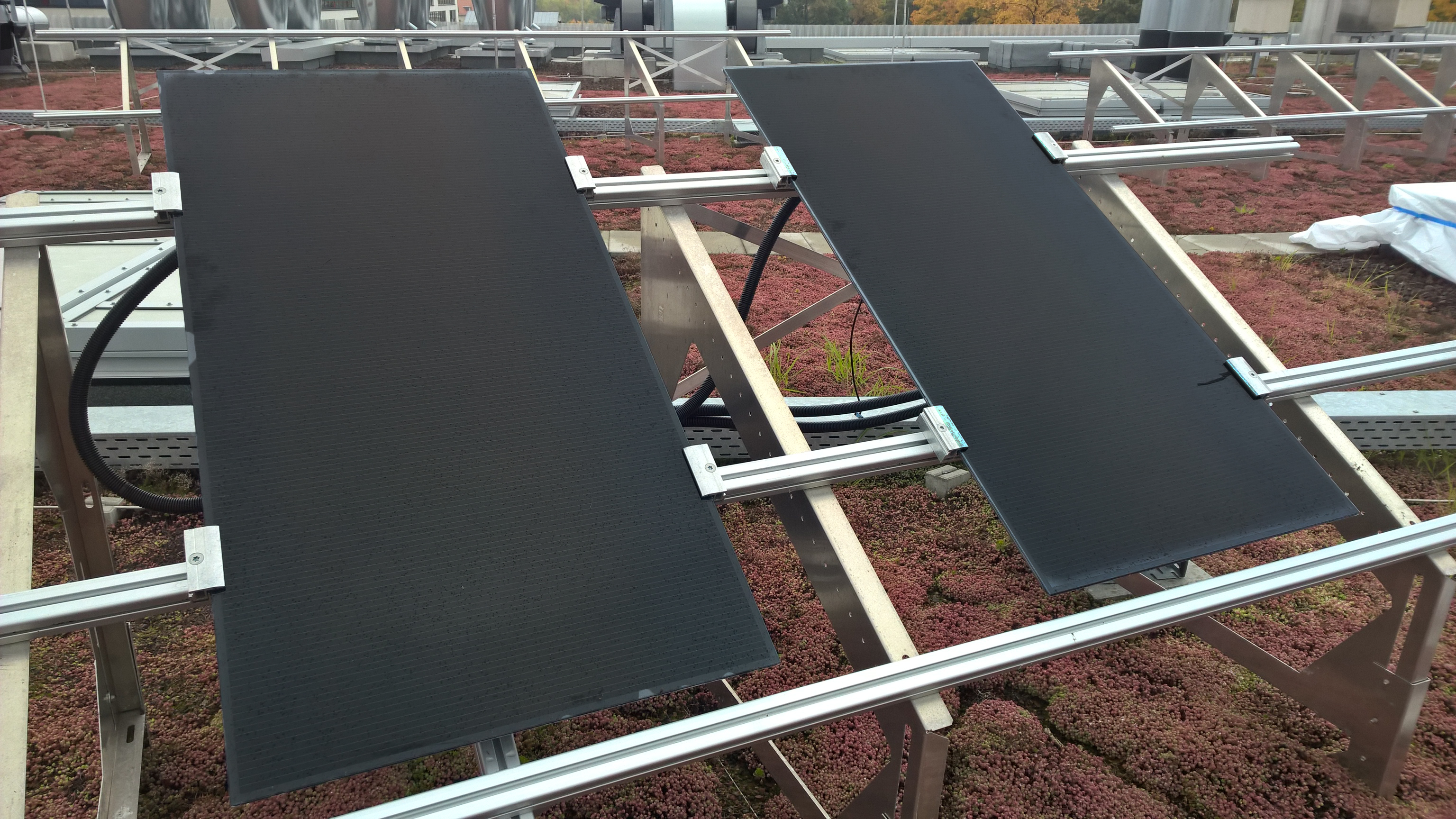High efficiencies and low production costs: These are the qualities with which thin-film solar modules are acquiring worldwide market shares. Yet in addition to these criteria, the long-term yield performance is also of decisive importance for investors. Comprehensive yield models are required to predict this when the modules are sold and thus ensure a high degree of planning certainty for users. Apart from the current module power and the radiation and ambient conditions, ageing-related power changes to the solar modules in operation must also be taken into consideration.
As part of a new project, the Fraunhofer CSP and Calyxo GmbH, one of the leading German manufacturers of innovative cadmium telluride (CdTe) thin-film solar modules, will be developing just such a model, taking into account the light and operating status-induced change in power of the modules and checking the validity of the forecasts made in the model.
This model should enable Calyxo GmbH to make a sound prediction of the expected electrical performance and optimize it accordingly through process changes in production. This increases planning reliability for customers regarding the expected yields from a photovoltaic system.
Development of such a yield model requires extensive experimental and methodological investigations. Data from solar modules in use outdoors will be used to determine what the typical ageing behavior is and under what conditions the efficiency of the modules diminishes and to what extent. Additional accelerated ageing tests will be performed in the laboratory, which simulate these basic conditions. The data from the laboratory and from outdoors can then be merged so that well-founded, reliable statements can be made about the relevant processes. For example, in this way, critical influencing factors should become identifiable and quantifiable.
The results of these investigations can also be used to derive new accelerated ageing tests or specifications for the installation and assembly conditions. In addition, the intention is to use the determined relationships to develop a long-term forecasting model and then to verify it in the laboratory and outdoors. This would make an important contribution to increasing the yield forecast accuracy of CdTe thin-film solar modules and thus extend the planning reliability of cost-efficient electricity generation based on photovoltaics.

